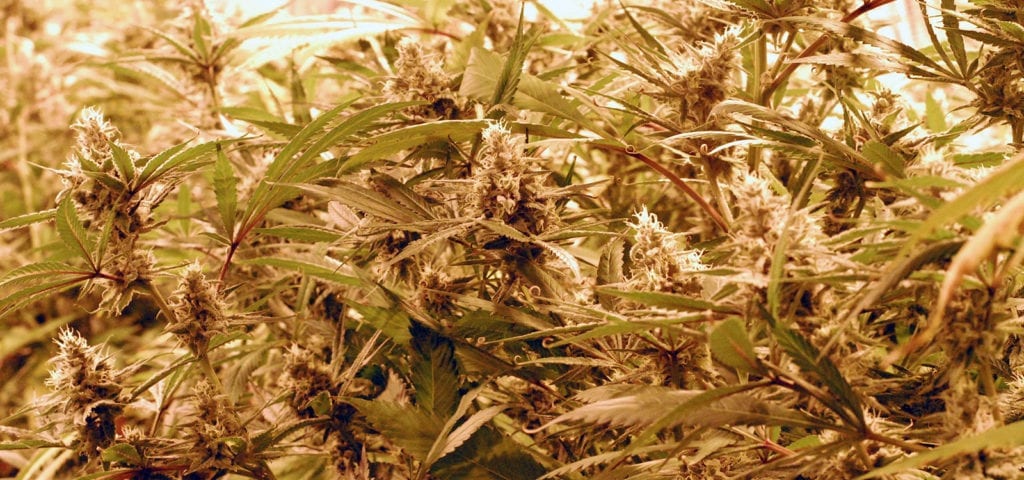According to researchers at Colorado State University-Pueblo’s Institute of Cannabis Research, legalization is not the cause of many of Pueblo County’s recent challenges, Colorado Public Radio reports in an outline of the study. In fact, cannabis sales led to $35 million for the region in 2016, after factoring in costs for enforcement.
Legalization is often cited as a factor in the increased number of homeless people in Pueblo. However, ICR sociologist Timothy McGettigan said that the increase in the number of homeless people in the city is more likely due to increased housing and utility costs.
“The idea that people have been coming to Colorado from out of state in droves, spending their last dime on cannabis and then lining up at soup kitchen queues and at social service agencies is not really accurate. The picture is much different than that.” – McGettigan to CPR
ICR Director Rick Kreminski suggested that the increase in crime in Pueblo since legalization is more likely attributable to the population increase, the decrease in law enforcement officers and the “lack of clarity on some on the marijuana laws.”
The study was split into three sections: social impact (demographics, poverty and homelessness, student use and prevention, crime, health); economic impact and prediction; and water and energy impact.
Social Impact
- “The population characteristics have remained unchanged … population has increased … but the rate of population increase has remained roughly unchaged.”
- “No direct quantifiable evidence” to support the notion that the city has been “inundated by migrants.”
- “Out-of-state migrants to Colorado generally bring college degrees, experience and affluence that enriches Colorado.”
- “Legal cannabis has not yet had an observable impact on Pueblo’s household incomes. It is possible that the enduring federal prohibition shrouds the true impact of legal cannabis on Pueblo’s household incomes. This is a phenomenon that requires more investigation.”
- “Poverty rates have neither increased nor decreased. … Pueblo has experienced substantial increases to homelessness” but there is “no clear evidence to unambiguously determine the extent” to which cannabis legalization has attributed to that increase.
- “It is possible that the largest source of homelessness in Pueblo may be attributable to utility costs. In 2016 alone, a local energy provider was reported to have disconnected utilities to more than 7,000 Pueblo homes.”
- Cannabis legalization “has not greatly affected high school student use and perceptions towards cannabis in south central Colorado.”
- Nearly half of the region’s middle and high schools do not provide cannabis prevention education.
- Crime has increased but cannabis seizures in the city itself are down; although they are up in the county “likely due to the larger volume of illegal marijuana grown present in the county.”
- The largest crime increase has been property crimes – particularly motor vehicle theft – and danger drug seizures – particularly heroin.
- Violent crime in the city is up “marginally” but down throughout the county.
Health
- No “statistically significant change” among women who use cannabis in the county post-legalization.
- Individuals testing positive for cannabis at hospitals has increased 3 percent.
- Legal cannabis is complicating the Pueblo County Department of Social Services work with families but “it’s impossible to draw any conclusion about the influence of legal cannabis. … One one hand caregivers appear to be more open and honest about their use of cannabis, but also less likely to comply with court orders to stop using due to the legal status of cannabis in Colorado. This leads to stress in the relationship between caseworkers and caregivers, which could reduce the effectiveness of services provided.”
Economic Impact
- Real estate values, per capital income, and construction spending in Pueblo is higher post legalization but that could be attributed to the positive national economy.
- Prices will drop over the next five years and that drop will “have some effect on tax revenue.”
Water and Energy Usage
- The industry is “very far” from utilizing best practices but “water and energy use is likely to fall” as “growers learn what works.”
The study is the first of its kind. It was paid for largely by local and state cannabis taxes.
Get daily cannabis business news updates. Subscribe
End
